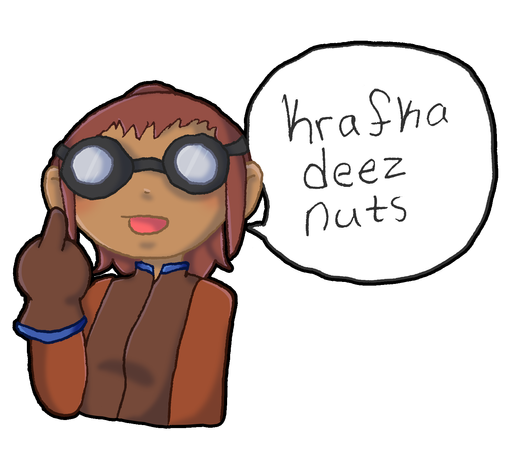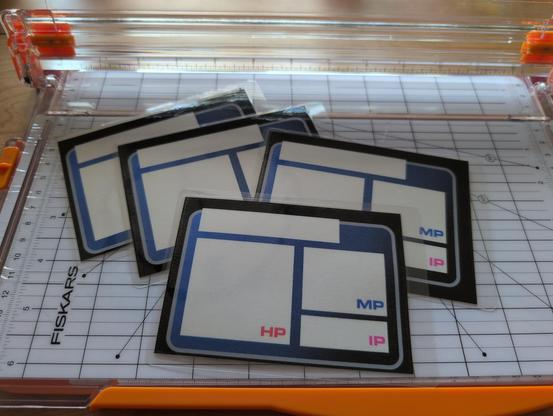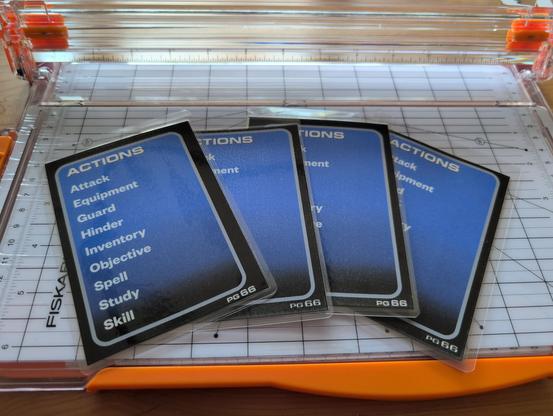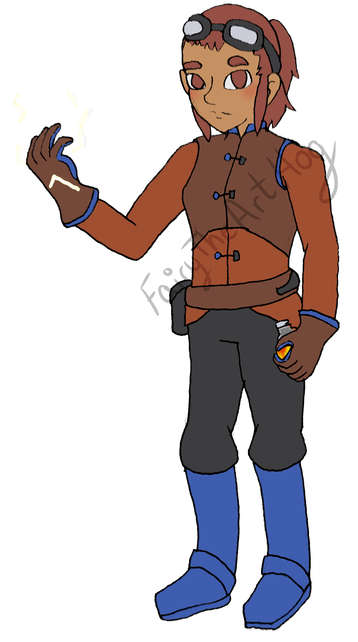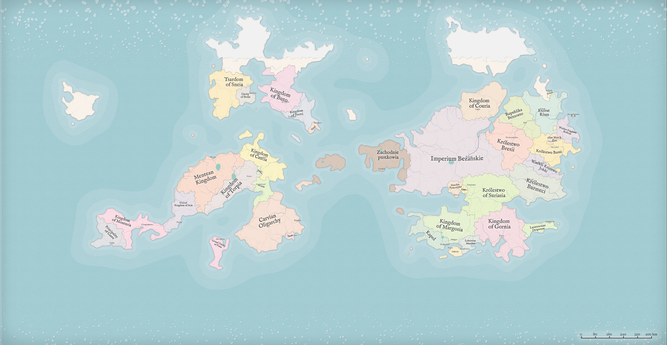Fabula Ultima Atlas: Natural Fantasy
Floating amidst a lush expanse of verdant forests, snow-capped mountains, and crystal-clear lakes, small villages slumber peacefully, coexisting with the beasts and elemental forces of the wilderness. Underneath it all lie the ruins of mysterious past civilizations that once ruled this world of Natural Fantasy.
Fabula Ultima TTJRPG
Natural Fantasy Atlas is the third Atlas supplement for the Fabula Ultima TTJRPG. It is focused on “natural fantasy” campaigns which Fabula Ultima defines as being about more ordinary people trying to maintain harmony with the natural world.
The book follows the same template as the previous two Atlases, High Fantasy and Techno Fantasy. It opens with an overview of natural fantasy. This is more in depth than the couple of pages in the core book introducing the theme. It discusses how the eight pillars of Fabula Ultima can be interpreted from a natural fantasy point-of-view and offers advice for sticking to and exploring the theme as you play. Like previous Atlases, the book also includes locations, villains, items, and rules subsystems that players can add to their campaigns.
Vertical Worlds
The book introduces a new campaign framework called vertical worlds. The concept is that rather than exploring a whole world, instead the players will explore strata of a more limited part of the world. They might venture from the surface into deeper and deeper layers left behind from past civilizations in order to reach the campaign’s ultimate goal. Conceptually, this is kind of like a mega dungeon campaign, but each strata can be a whole region of wilderness rather than just a dungeon.
Materials & Forging
The first rules subsystem added in Natural Fantasy Atlas. When using this, the players are able to gather materials from defeated monsters and then use those to forge rare items. Part of this is a set of random tables to help pick body parts and descriptors for these rewards, so that you can roll up names for bits like a Sapphire Fin, a Stinging Tail, or a Hardened Propeller. For item creation, a framework is presented for players to propose how to use their materials to make a certain rare item and then having the GM either approve or suggest changes.
These guidelines feel like a great fit for when players want to draw inspiration from video games like Monster Hunter or Breath of the Wild while staying fairly abstract and keeping things collaborative.
Camp Activities
The other notable new rules subsystems is for camp activities. This adds more structure to resting scenes with characters having access to a couple of camp activities each. These activities each offer some sort of mechanical benefit to the group. For example, using time in camp for cartography allows for rerolling a travel roll during the following day. Limiting the number of activities available to each character is a nice way to handle this since it both scopes the impact and makes the choice of activities another way to differentiate characters.
Classes, Quirks, and Heroic Skills
Like previous Atlases, Natural Fantasy Atlas includes a bunch of new options for player characters. There are four new character classes and plenty of new heroic skills. Then the rules for quirks and custom weapons that have appeared in the previous Atlases are in this Atlas again with different examples custom weapons and a set of quirks tailored for natural fantasy characters.
The Floralist is built around planting different magical flowers, called magiseeds, in their personal garden.These flowers have a growth clock that fills during conflicts after planting a magiseed and each type of magiseed has different effects depending on how filled in the growth clock is. The effects are often more powerful when the clock is more full, but then when it is full the magiseed disappears and the growth clock resets and the Floralist is able to plant a new one in their garden.
The Gourmet is a chef who can combine ingredients to create single-use items called delicacies. The class is built to randomly generate its abilities. Each ingredient has a randomly determined taste (bitter, salty, sour, sweet, or umami). Then when a Gourmet combines two tastes for the first time, they roll on a table to assign an effect to that combination.
The Invoker channels the elemental energy of the land. For any scene, the Game Master assigns two elemental wellsprings to the area, and then the Invoker can use abilities from those wellsprings. Each wellspring offers four abilities that an Invoker can potentially use. In order to avoid being too linked to a certain element, each wellspring includes a hex invocation that boosts damage from opposing elements. This helps ensure that an Invoker can do something even when up against opponents that share an elemental affinity with their surrounding terrain.
The Merchant is a utility class. Their core ability, Winds of Trade, gives them Trade Points that can then be spent to create materials, rare items, inventory points, or bonuses on some checks. This class looks like it will combine well with the Gourmet, Tinkerer, or any other character concept that can make good use of Inventory Points.
Locations, Antagonists, and Rare Items
For Game Masters, the Atlas includes an assortment of sample locations, antagonists, and items. As with everything in Fabula Ultima, these can be used as-is or as inspiration for groups to create their own takes on them.
There are ten sample locations. Each fits a different archetype and includes a few ways to incorporate it into an adventure. The locations are an ancient shrine, a sleepy hamlet, a haunted island, an eternal forest, an eerie village, a central city, a remote ruin, a sunny bay, barren wastes, and a freezing mountain.
The five sample villains range from level 5 through 40. They all tie into the thematic ideas of natural fantasy: a corrupted spider, a pair of hunters who are hunting dangerous beasts to extinction, an undead dragon born out of mourning, a fairy queen upset at a broken pact, and a corrupted spirit of a great forest. In addition to their themes, each of these villains is interesting from a mechanical point-of-view. For example, the fight against the undead dragon involves two combat scenes – first the heroes must defeat its body to ground the gigantic dragon and then they face its head to finish it off.
Closing Thoughts
This is my favorite of Fabula Ultima’s three Atlas books. I think it offers solid advice to a group on how to adhere to its themes, and the new subsystems and player options are good fits. If you’re interested in running a campaign that is focused on maintaining balance with the natural world, then this is a great book for it. Even if you want to follow a different theme for your group’s campaign, a lot of this book’s new options will still be useful.
You can pick up a copy of Natural Fantasy Atlas from DriveThruRPG. I think the plan is to have physical copies available later this year.



